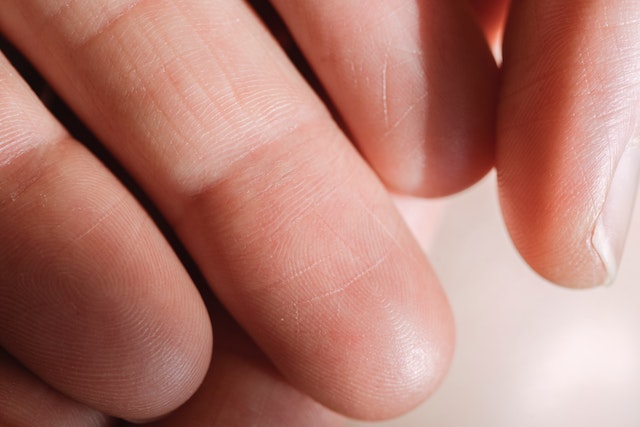Poor Beethoven had a formidable adversary all his life: his own health. Among the many-many symptoms and illnesses he had, one sticks out as especially scary.
In 1807 he wrote his playwright friend Heinrich Collin, “My colic is better, but my poor finger had to undergo a drastic nail operation. When I wrote to you yesterday it looked very angry. Today it is quite limp with pain.”
This “drastic nail operation” is mentioned again in a letter from Stephan von Breuning to Wegeler, written in March, 1808: “Beethoven came near losing a finger by a Panaritium [felon], but he is again in good health. He escaped a great misfortune, which, added to his deafness, would have completely ruined his good humor, which, as it is, is of rare occurrence.”
By the time these letters were processed, the editor rightly put there felon in brackets, as Panaritium and felon were used synonymously. Today, they are considered two different things.
Panaritium, today called paronychia, is defined as inflammation of the skin fold surrounding the nail. Felon, on the other hand, is a bacterial infection in the pad of the fingertip. Since Beethoven wrote about a nail operation, we must believe that his case was Panaritium (Paronychia).
Paronychia is the most common infection on the human hand. It is the infection of the nail fold. The treatment today is easy, it involves antibiotics and, if needed, with a small cut the pus collection is drained.
In Beethoven’s time, pre-antibiotics, the most common way to treat such infections was the removal of the fingernail. Without anaesthetics, this had to be a very painful operation, in deed! The alarming alternative could have been amputation.




